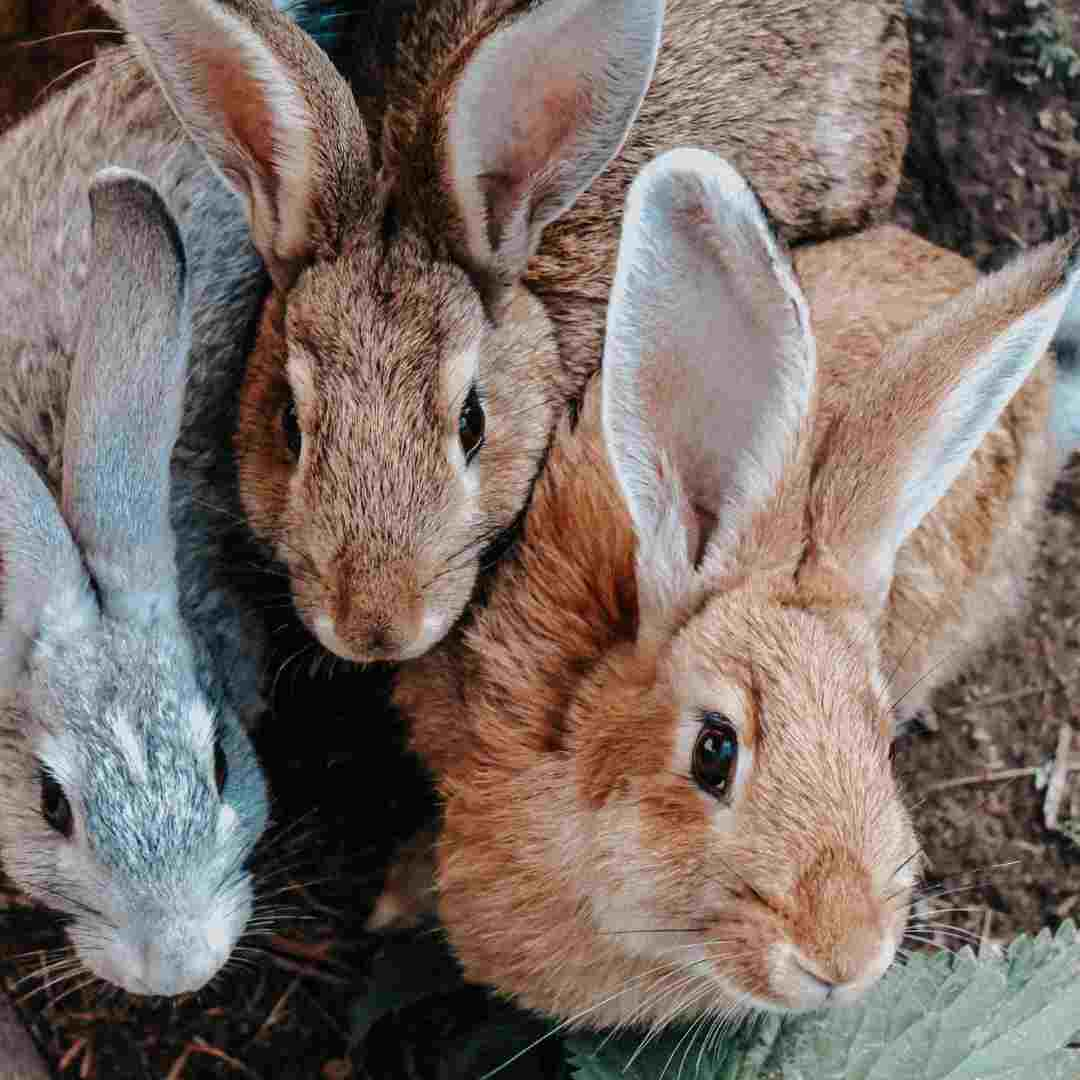How Did Australian Rabbits Arrive?
European, North African, and Asian rabbits are mammals. They are now found worldwide, including Australia. The intricate introduction of rabbits to Australia began in the early 19th century.
In 1859, rich English settler Thomas Austin released 24 wild rabbits into his Victoria, Australia farm. Austin, an ardent hunter, wants to introduce a new game species. Unfortunately, rabbits spread over the continent.
Rabbits plagued Australia during the late 19th century. They destroyed crops and pastures and outcompeted native animals for food and habitat. In response, the authorities introduced rabbit-killing myxomatosis.
Rabbits continue to plague Australia despite these measures. They destroy crops and pastures and compete with native species for food and habitat. The government uses baiting, trapping, and fence to control rabbits.
Australia's environment and economy have suffered from rabbit introduction. They have damaged crops and pastures, competed with local species for food and habitat, and offered some food and leisure. Thus, the government has taken several rabbit-control measures.
Rabbits and the Australian Ecosystem: Pros and Cons
Rabbits have had a major impact on the Australian ecosystem. Rabbits have harmed the ecosystem but also helped. Rabbits in Australia have perks and downsides.
Rabbits feed many native Australian animals. Foxes, dingoes, and eagles eat rabbits. This feeds animals and maintains the ecology.
Rabbits also maintain Australian grasslands. Grazing grasses keeps meadows healthy and prevents overgrowth. This preserves grassland biodiversity and shelters numerous creatures.
Rabbits also harm the ecosystem. They multiply swiftly and overgraze, destroying plants. Soil erosion can harm the environment. Myxomatosis, spread by rabbits, can kill local species.
Rabbits affect the Australian ecosystem both positively and negatively. They destroy the environment and feed many native animals. Manage rabbit populations to reduce their environmental impact.
Australian Rabbit Agriculture: Benefits and Challenges
Australia's agricultural landscape has included rabbits for generations. Rabbits, long considered pests, can help farmers. This article examines the benefits and drawbacks of rabbits in Australian agriculture.
Many Australian farmers eat rabbits. Their lean, low-fat meat is in high demand. Rabbits are popular game animals and their fur is utilised in apparel and other products. Rabbits are voracious feeders and can swiftly remove weeds and other pests.
Farmers also have rabbit issues. They multiply swiftly and can overrun a region, causing crop damage. They spread myxomatosis, which can kill other animals. Rabbit burrowing can undermine soil structure, causing erosion.
Farmers have devised several rabbit management measures to solve these challenges. Fences, traps, baits, and poisons are used. Farmers can also introduce rabbit predators or diseases.
Rabbits benefit and hurt Australian agriculture. They carry disease, harm crops, and offer food and fur. Farmers have devised several rabbit management measures to solve these challenges.
Rabbits in Australian Culture: Symbolism
Australians have kept rabbits since the early 1800s. They symbolise the nation's diverse wildlife. This article examines rabbits' symbolic value in Australian culture.
Australia has had rabbits since the early 1800s, when they were introduced as food. They now symbolise the nation's rich and diversified nature. In art and literature, rabbits symbolise fertility, abundance, and luck.
Rabbits symbolise resilience and adaptability. Because they can tolerate harsh environments and multiply swiftly. Many Australians like this since it shows strength and determination.
Rabbits symbolise friendship and companionship. They are gregarious and build deep ties with humans. Rabbits symbolise companionship and devotion in children's stories and cartoons.
Rabbits represent purity and innocence. Due to their gentleness and childhood associations. Rabbits symbolise purity and innocence in storytelling and art.
Rabbits have been part of Australian culture since the early 1800s. They symbolise the nation's diverse wildlife. Rabbits symbolise fertility, luck, resilience, adaptation, friendliness, camaraderie, innocence, and purity. Australians love these attributes, which are commonly shown in art and literature.

How Can We Save Australian Rabbits?
Australian rabbits, imported in the mid-19th century, are iconic. Their number has risen tremendously, causing environmental devastation. Thus, we must defend rabbits and their future in Australia.
Rabbit protection begins with population reduction. Trapping, shooting, and poisoning work. These methods reduce rabbit numbers but are risky and should only be used by professionals. These methods must also be applied ethically and humanely.
Create and maintain rabbit-friendly ecosystems. Native flora, shelter, and open space can do this. Rabbit habitats should provide food, water, and shelter.
Finally, rabbit protection education is crucial. Public awareness, educational, and other initiatives can do this. We can help Australian rabbits survive by educating people about their importance.
These techniques will help rabbits survive in Australia. We must act today to save rabbits for future generations.